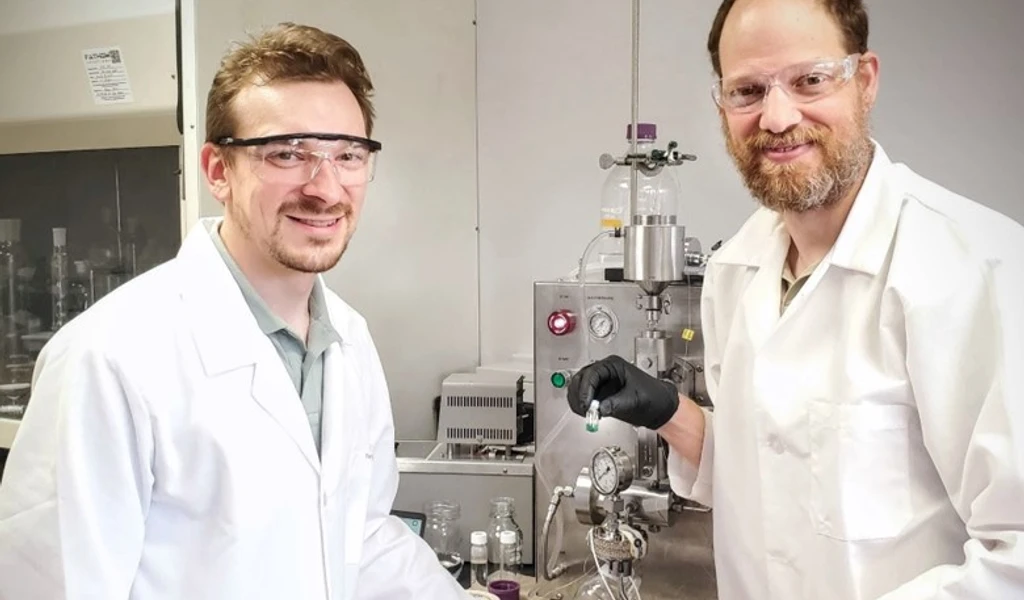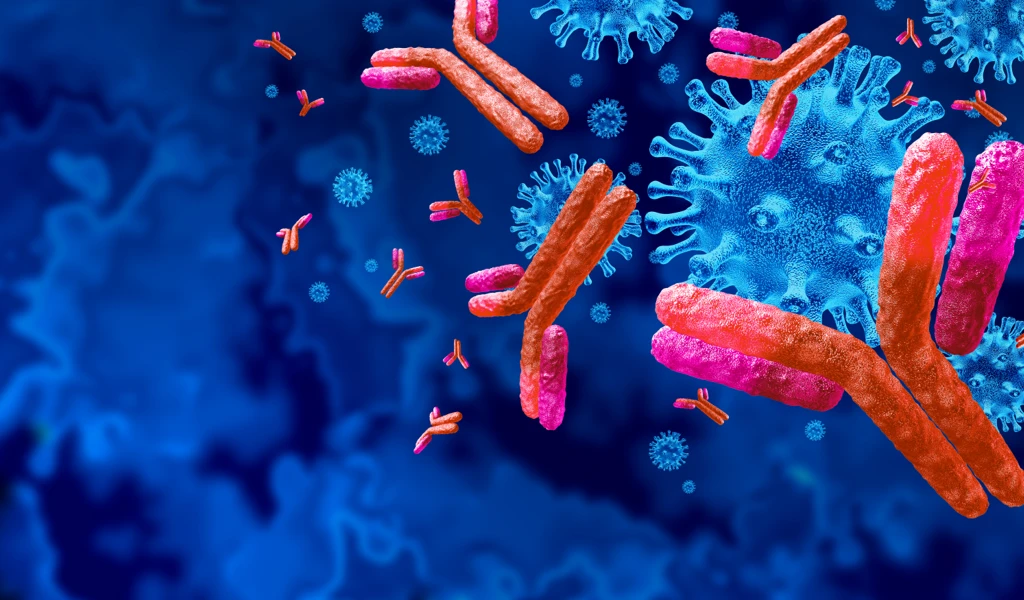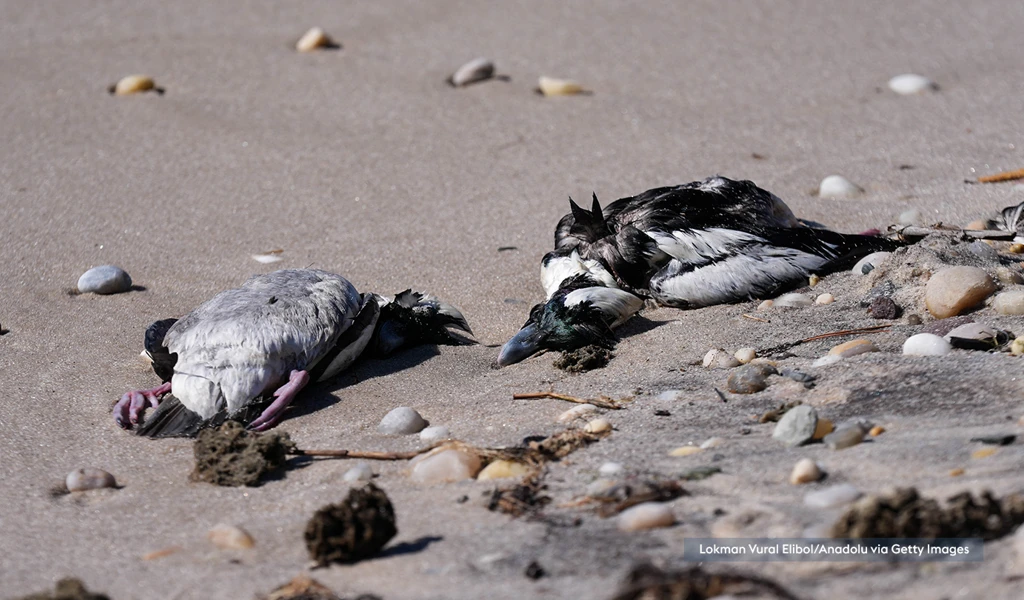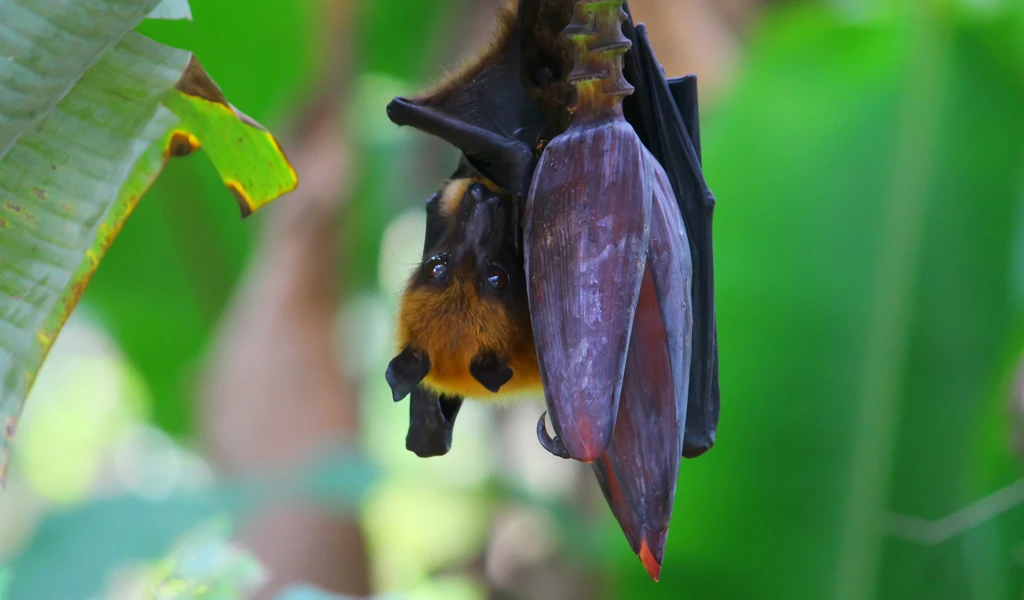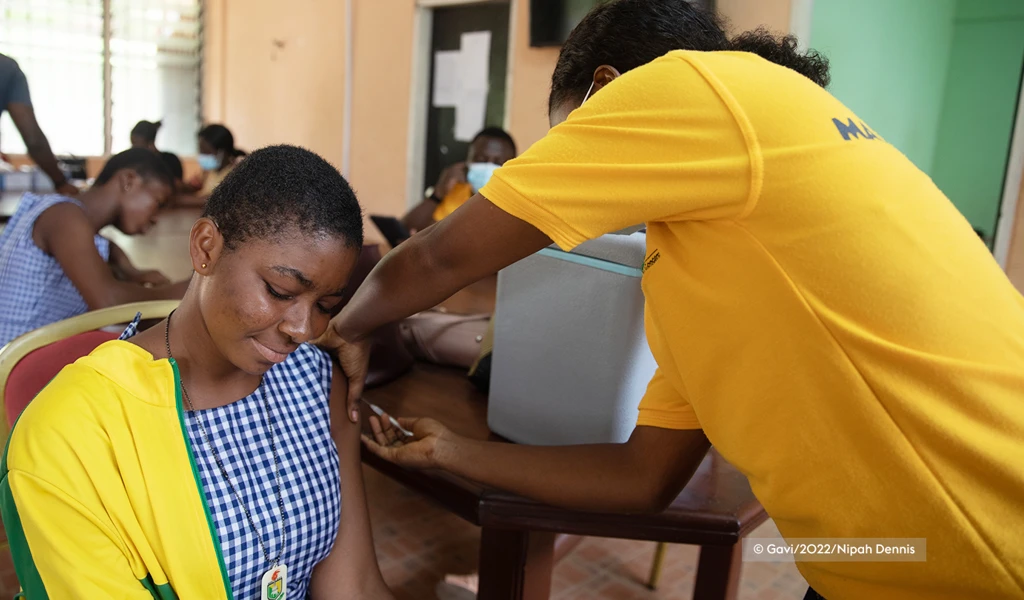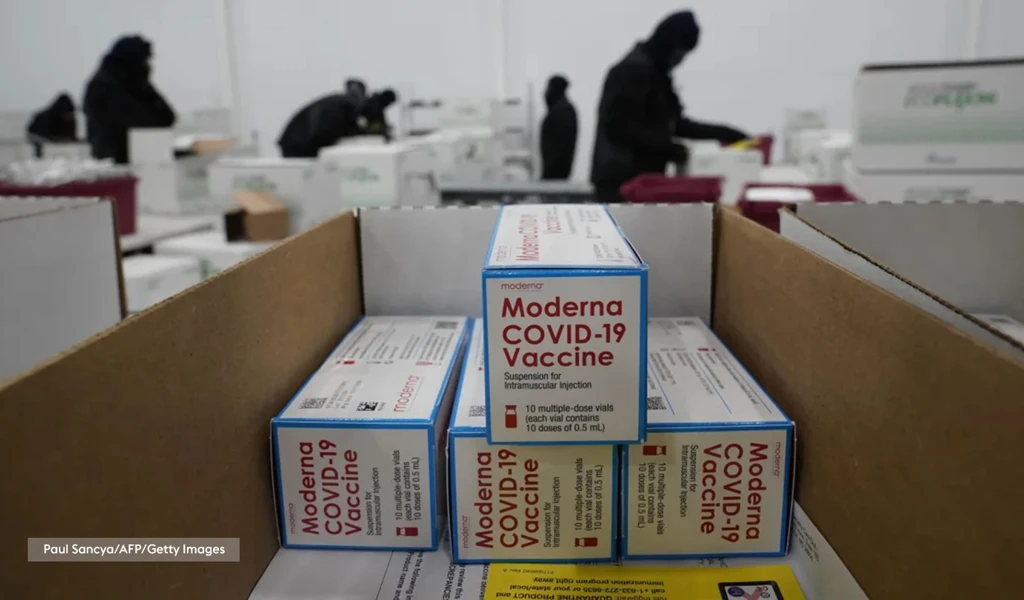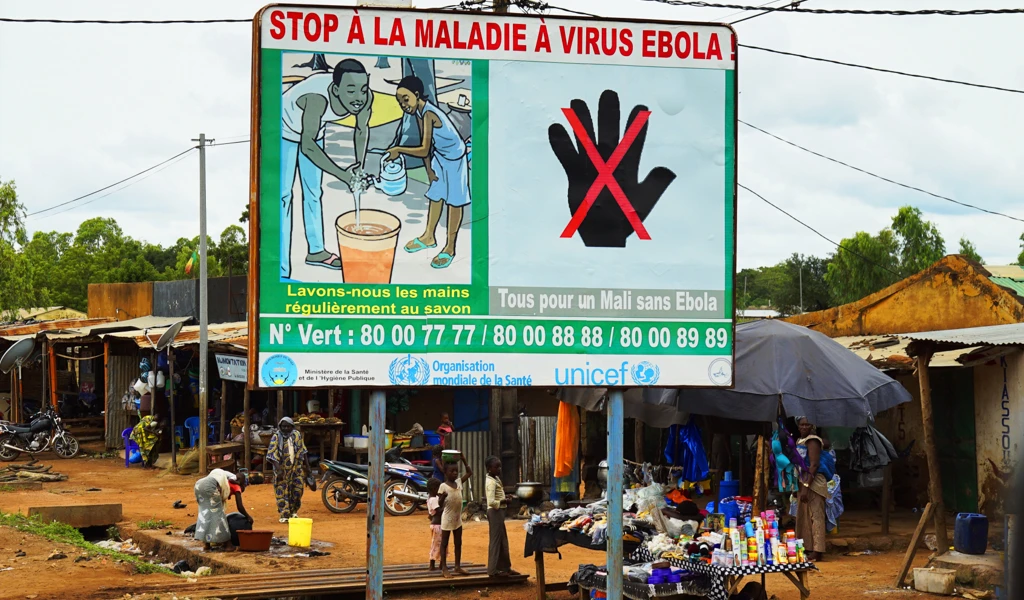Plague Inc. The Cure: Behind the scenes
What do real life experts think about the game? What progress is being made towards preparing for the next epidemic or pandemic threat? Find out below about the work of CEPI and our partners Gavi, the Vaccine Alliance, and the World Health Organization (WHO) below.
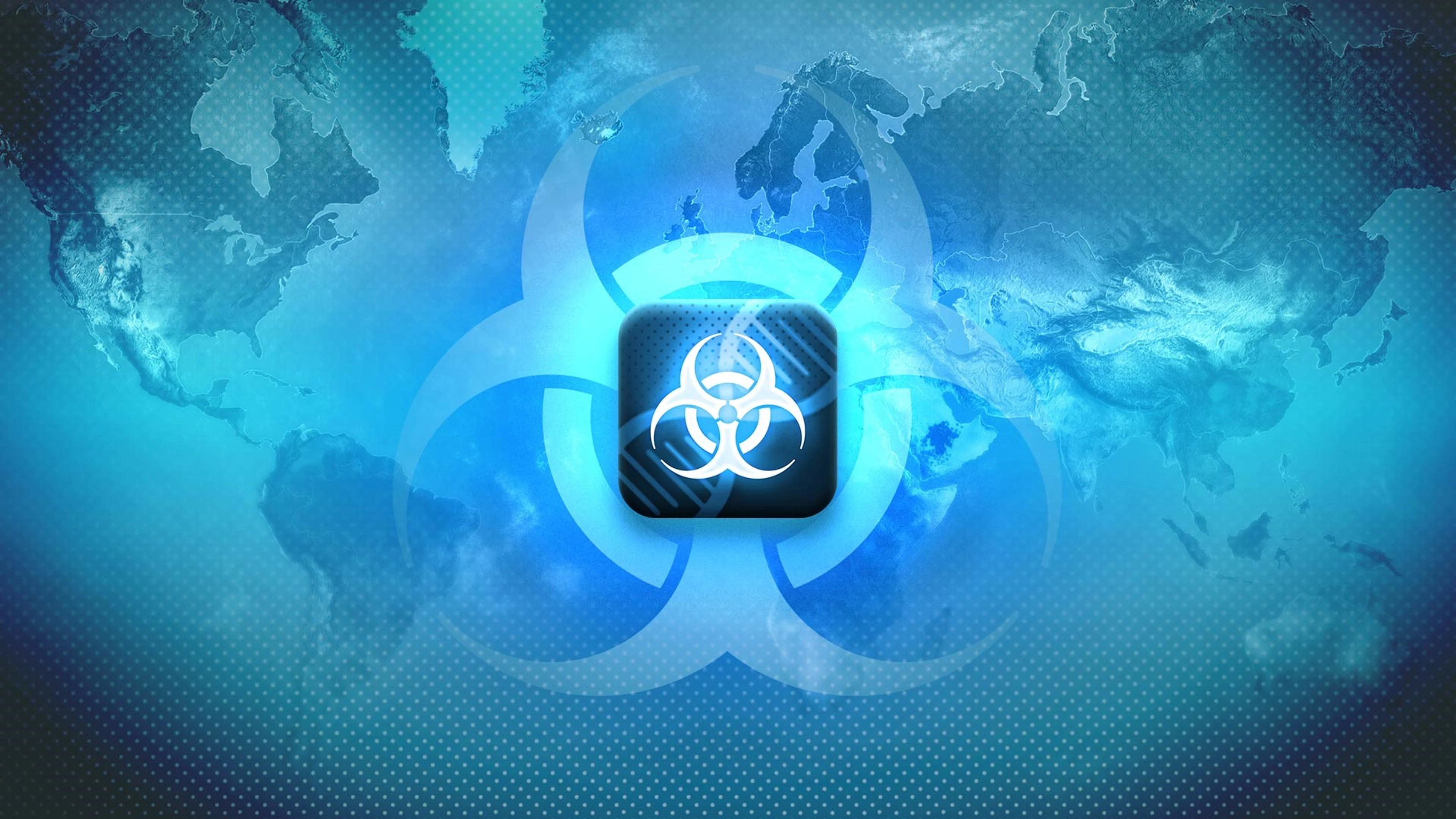
Plague Inc: The Cure raises awareness of what it takes to rapidly respond to pandemic threats.
In response to the COVID-19 pandemic, gaming studio Ndemic Creations teamed up with global health experts—like the Coalition for Epidemic Preparedness Innovations (CEPI)—to gather real-world insights to create Plague Inc: The Cure.

Of course, as a game, Plague Inc: The Cure has to simplify a number of really complex concepts, like the steps involved in researching new medicines or how quickly interventions like national lockdowns can actually be implemented. However, the game captures the importance of one of the most critical tools we have to combat pandemic diseases: vaccines.
How important are vaccines in our fight against diseases like COVID-19 and other emerging infectious threats? And what does it really take to develop a vaccine at pandemic speed?
Experts play Plague Inc: The Cure
As part of a public awareness campaign, launched in March 2021 by Ndemic Creations and WHO in response to the COVID-19, gamers and WHO experts worked together to promote actions that everyone could take to combat COVID-19 and learn to detect and act upon misinformation.
Watch this 45-minute joint gameplay where experts from WHO and the Global Outbreak Alert and Response Network comment on decisions made by gamers in real-time and compare it with public health management in real-life scenarios.
The game also showcases WHO health and safety COVID-19 messaging and prevention tips for players to take offline and use in their daily lives.
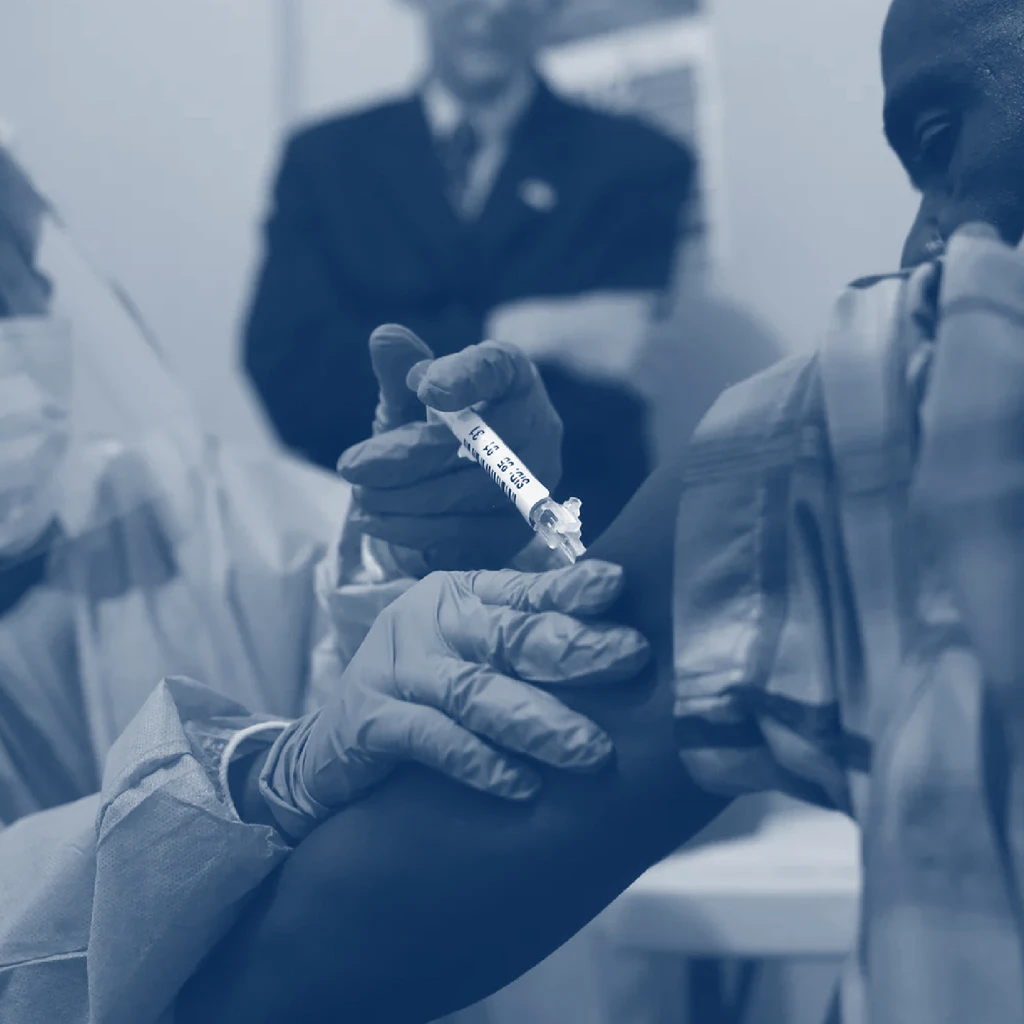
How does vaccine development work in the real world?
Vaccine development is a complex and expensive process. Traditionally, it may take 10-15 years to get a vaccine from the lab to getting approved by national regulators, as shown below.
However, in response to the COVID-19 pandemic, CEPI set the ambitious goal of developing a safe and effective COVID-19 vaccine in 12-18-months.
The first approval of a vaccine following large-scale trials was issued in December, 2021, a mere 326 days after the virus was sequenced. By building on the lessons learned in 2020, it should be possible in the long term to compress vaccine development timelines still further. That would allow healthcare systems to stamp out disease outbreaks much earlier and save many more lives.
Find out more about how vaccine safety is assessed in clinical trials here.
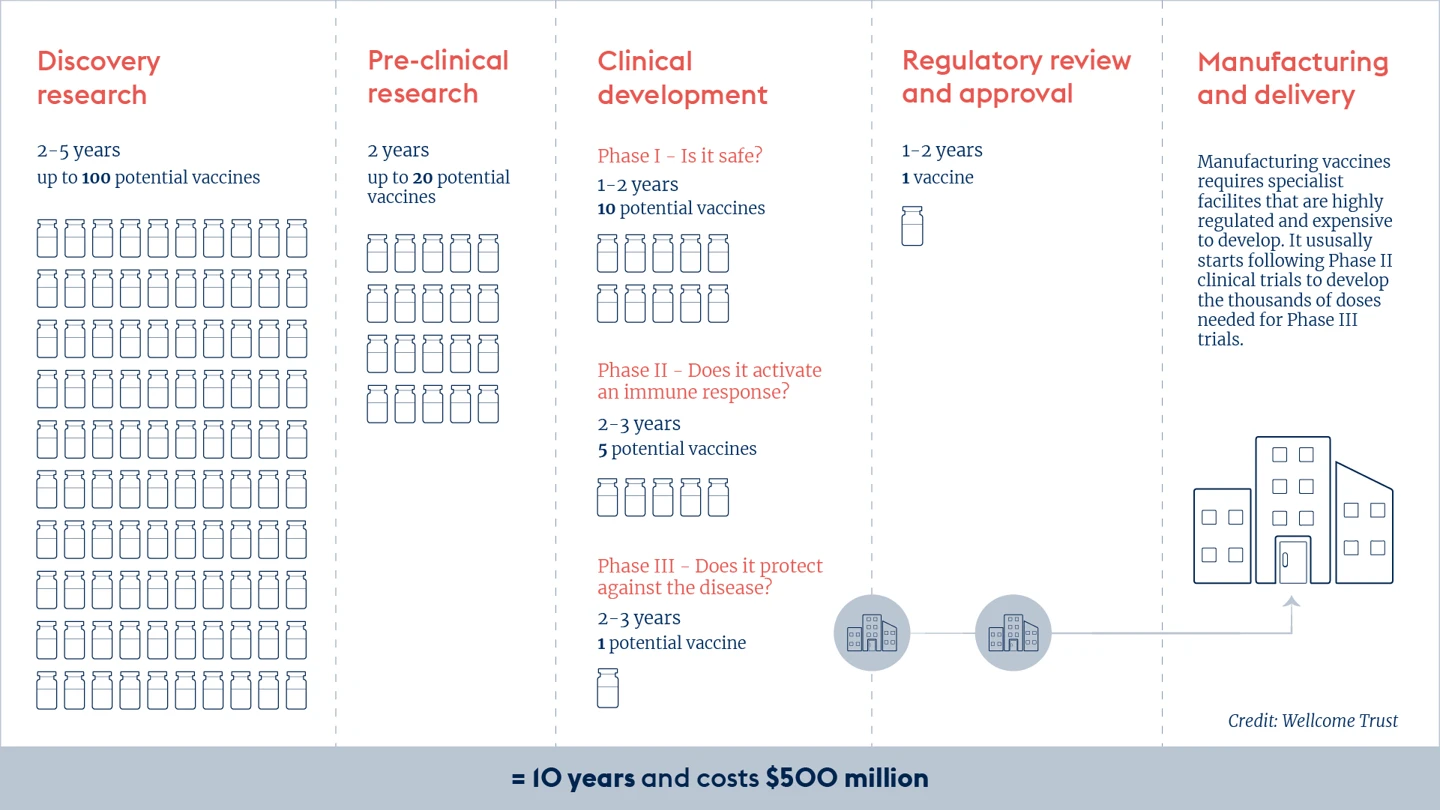
Developing pandemic-busting vaccines in 100 Days
Vaccines are our most potent weapon against infectious diseases and are at the heart of the global response to epidemic and pandemic threats. The faster safe and effective vaccines are developed and deployed, the faster a looming pandemic can be contained and controlled.
CEPI’s vision is for the world to be able to respond to the next Disease X with a new vaccine in 100 days. Achieving that goal could defuse the threat of a pathogen with pandemic potential.
If the world had delivered a vaccine in 100 days from the time when the COVID-19 viral sequences were released, a vaccine would have become available in April 2020, when there were cumulatively just over 2 million cases of COVID worldwide, rather than in December 2020, when there were almost 70 million.
Coupled with improved surveillance providing earlier detection and warning, and with swift and effective use of non-pharmaceutical interventions such as testing, contact tracing and social distancing to suppress disease transmission, delivering a vaccine in 100 days would give the world a fighting chance to extinguish the existential threat of a future pandemic virus.
Preparing for “Disease X”
There are trillions upon trillions of viruses out there – more than there are stars in the universe. Thankfully, we don’t need to be able to find and fight them all.
The viruses that put humanity at greatest risk to date come from 25 or so virus families. It is these families that are most likely to produce the next deadly viral threat.
But, armed with knowledge about these viral families, combining our global resources, and harnessing the latest advances in vaccine science, we can better prepare for the next Disease X.
Join CEPI’s disease detectives and explore The Viral Most Wanted.


